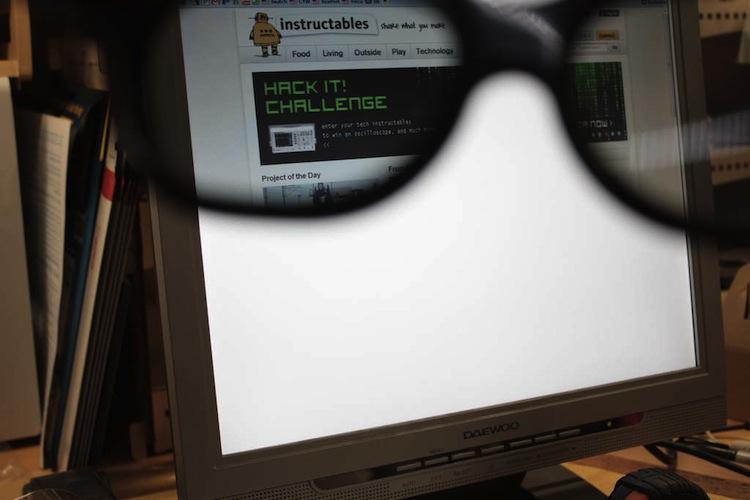
One specific aspect in mobile tech that has been given a good chunk of attention as of late has been display technology. High-end mobile handsets have graduated from WVGA displays to qHD and 720p HD displays. Contrast, brightness, color reproduction and clarity have all improved tenfold from what we were dealing with just a year or so ago, and they're only getting better.
Truth is, the rate of innovation in the display sector will eventually slow down. Nobody needs much more than roughly 330ppi and eventually all of the different aspects of a mobile display – like viewing angles, visibility in direct sunlight and color reproduction – will plateau. There is only so much you can do with a 4-inch display. At this point, OEMs will begin implementing flexible displays, which I still don't fully understand the purpose of yet, and hopefully other features.
What "other features" could they possibly come up with? For starters, a privacy display.
Hack a Day shared a set of instructions from over at Instructables on how to turn an old LCD monitor into a privacy monitor. Though you might initially think so, the process consists of no black magic or conjuring of any sort. It's actually a relatively simple 7-step process. The key to the whole thing is removing an important component that makes the LCD monitor display information correctly. On the backside of the glass panel, there is a polarized film. Without it, the display simply shines white, regardless of what should be displayed.
So, what was done here? It's pretty simple. Editor and electrical engineer dimovi of Instructables took an old LCD monitor he had laying around, disassembled the plastic casing and began cutting away at the polarized film. After disconnecting, he removed the remaining glue from the glass panel and reconstructed the casing. He then took an old pair of 3D glasses as you would use in a 3D movie at the theater and popped the lenses out, replacing them with cut-to-size pieces of the polarized film from the monitor. Now, only dimovi can see what's displaying on his monitor.
Neat, eh?
This is something I'd love to see brought to mobile tech, tablets especially. I work from public places quite often, and more often than not, I'm working on things I'd rather not have people sticking their noses into. It's nothing particularly bad or secretive, but I'd rather not have people nosing around in my work email or the progress of some of my projects from over my shoulder. There are privacy screen protectors or films you can apply to the displays of your mobile devices, but they only kill off viewing angles. This depolarization paired with a homemade pair of polarized glasses would fit the bill perfectly.
As these things go, however, there are caveats, and quite a few of them at that. For one, this isn't something that could be done on the fly. This process requires you to physically remove a vital component in the display. If OEMs were to provide a tablet like this, you would be forced to wear polarized glasses any time you want to use your tablet. In addition, if a method similar to this were to ever take off, prying eyes would only have to have a pair of their own polarized glasses. So it's definitely not fool-proof.
The point is, though, I'd love to have some sort of privacy feature built into the display of my tablets and mobile devices, something that can be toggled when necessary. Having to wear glasses to see the display of your tablet while lounging on your couch is hardly something I would consider ideal. But if there were a way to physically switch between privacy mode and regular viewing, it would be fantastic. Like I said, it wouldn't be rock solid as any passerby with a pair of their own glasses could see the display, but at least it would be more of an inconvenience for random people to snoop over my shoulder.
What about you guys and gals? Would you like to see OEMs provide a built-in privacy control for tablet and smartphone displays? If there were a privacy feature that required glasses, would you still use it?
Image via Instructables